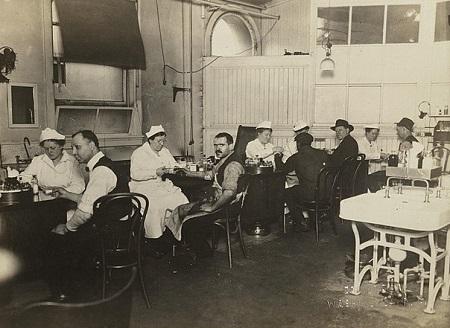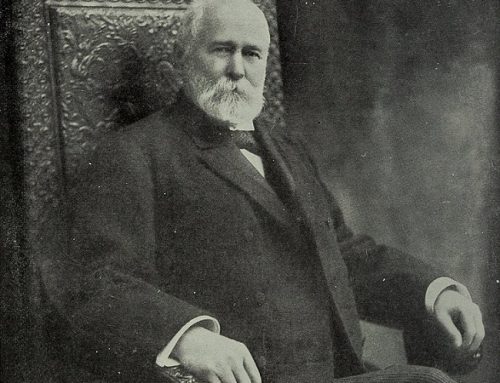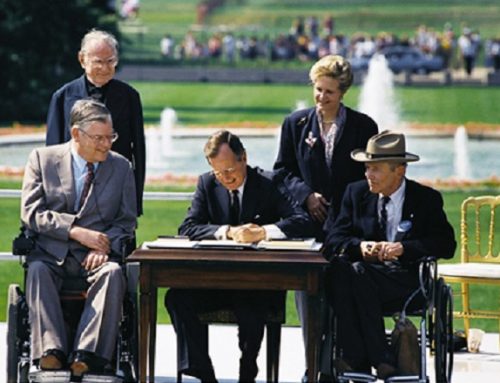The History of Industrial Nursing and How It Affects The Workforce Today
Industrial nurses are nurses who work in factories, mines, and other commercial enterprises. The first industrial nurses registry was established by the Boston Hospital Training School for Nurses in 1913. The registry was created to provide a means of identifying qualified nurses for employment in industry. Nurses working in industries were at high risk for injury because they could not see what they were doing while their hands were busy. The risks to these nurses were eating, drinking, breathing fumes or dusts, being exposed to hazardous chemicals or substances that could cause burns or other injuries, being burned by hot liquids or metals, lifting heavy loads that might cause back injury.
The registry for industrial nurses became the Boston Industrial Nurses Club two years later. This local club soon became a state group and later a regional which we now know as the New England Association of Industrial Nurses.
The factory nurses conferences grew and were formed in 1916. The following year the very first special educational course for industrial nurses was offered at Boston University. The person responsible for this was Mrs. Roger Wolcott, the widow of a former Massachusetts governor. Mrs. Roger Wolcott was an early pioneer in the industrial health field. The course was repeated every year for five years, and graduates also participated in a job-placement program to help them find jobs in industry.
Branches of the factory nurses conference popped up across the country. By 1922 the conference changed its name to The American Association of Industrial Nurses. This was the first AAIN and Winifred Hardiman became President Subsequently, the first AAIN was absorbed into the New England Association about one decade later.
Industrial Nurses – Where They Came From And What They Do
Industrial nurses are nurses that work in factories or on farms tending to the needs of the workers. They were originally called “factory nurses.” The need for factory nurses was born out of concern for how unsafe working conditions were, including long hours, low pay, and poor air quality. Factory nurseries had been established in some factories where women could leave their children while working. But some companies refused to establish nurseries, claiming it would lead to higher production costs and lower wages for their employees.
The first documented use of an industrial nurse was at an oil refinery in Pittsburgh in 1868 where she cared for more than 100 people with various injuries.
Industrial Nursing Education – What It Includes And How it Is Evolving
Education in the field of nursing is undergoing a revolution. In the past, nursing degrees were regarded as mere training for a specific trade. Nowadays, most universities offer degrees in nursing that can be taken online and through distance learning courses to accommodate women who have professional careers and have children they need to care for or single parents with demanding careers.
Nursing education has undergone a major transformation over the last few decades. Nurses no longer need to be limited by their schedules when it comes to their education because there are ways for them to take online classes from home or at work. There is not just one way of getting a nursing degree anymore, either.
Industrial Nurse Certification – What It Takes To Become Certified And Who Benefits Most From Certification
Industrial nurses are nurses who work in industrial settings, such as factories, mines, and oil rigs. They are trained to respond to any type of medical emergency that may arise in these settings. If you are an industrial nurse looking to get certified to have a better chance of getting promoted or working in a better position, it is important that you know what certification entails and who it benefits most.
The possibility of certification of occupational health nurses had been investigated for several years. In 1969, the American Association of Industrial Nurses formed a committee called the Inter Organization Committee for the Certification of Occupational Health Nurses to investigate and recommend a course of action regarding certification. Upon hearing the Inter Organization Committee’s recommendation, the American Board for Occupational Health Nurses (ABOHN) was established on May 21, 1971. The joint committee was composed of representatives from the American Association of Industrial Nurses (AAIN), American Academy of Occupational Medicine (AAOM), Industrial Medical Association (IMA), American Industrial Hygiene Association, (AIHA) and the Advisory Council of the American Association Industrial Nurses.
Industrial Nurse Certification is not mandatory but can be beneficial for your professional development. The American Nurses Association (ANA) provides certification which requires passing ANA’s online exam with scores above 95%. The American Society for Healthcare Engineering (ASHE) also offers certification in Industrial Nursing through the Certified Industrial Nurse Exam-Hospital Based (CINE-HB). It is important that when deciding whether or not
Implementation of the Industrial Nurse Program in Hospitals and Organizations That Provide Healthcare Services to the Public
The industrial nurse is a type of nurse that provides care, education, and support to industries or organizations that have occupational health hazards. This is especially true for hospitals and organizations that provide healthcare services to the public. Implementing an industrial nurse program will not only improve care for patients but also generate more jobs for nurses.
Industrial nurses are trained in nursing skills, protection from occupational hazards, and safety measures during an emergency. They have the knowledge to identify hazards in the workplace, implement safety measures before they happen, and know how to treat injuries when they happen. These nurses are able to handle tasks such as checking oxygen levels in a plant or managing a hazardous spill at a nuclear power plant.










